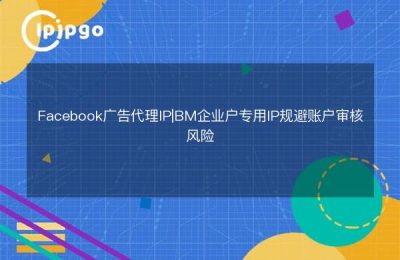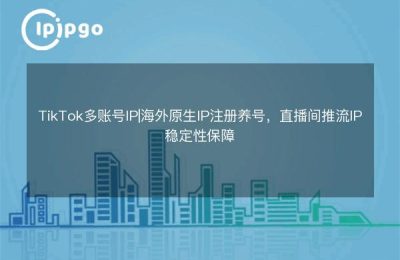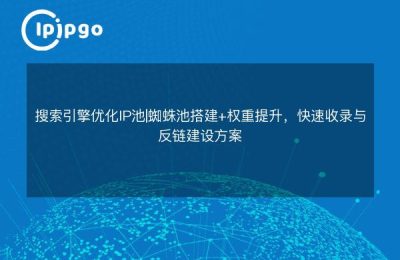
Why is it important to focus on proxy IP stability for quantitative trading?
In quantitative trading scenarios, millisecond latency differences may directly affect the strategy execution results. When using a normal network connection, theCarrier routing fluctuationsrespond in singinglocal network congestionIt will lead to unstable transmission of trading orders. Through the proxy IP service provider ipipgo provides residential-level IP resources, users can get closer to the physical location of the exchange server network nodes, measured a user switch ipipgo proxy, order execution speed from 137ms to 89ms.
Three Steps to Complete Proxy IP Basic Testing
Preparation before testing: dynamic residential IP generated by ipipgo console (it is recommended to choose the IP segment in the same region as the target server), network quality testing tools (recommended open source tool MTR).
| testing phase | Operating Points |
|---|---|
| initial connection | Obtain 10 test IPs via API and record the initial connection time consumed |
| Continuous pressure measurement | Simulate high-frequency requests using the wrk tool (50 per second recommended) |
| Anomaly monitoring | Focus on TCP retransmission rates and DNS resolution fluctuations |
Hands-on tips for delay testing
Real delay consists of three key dimensions:
- First packet arrival time (directly affects login verification speed)
- Data round trip time (determines heartbeat packet maintenance quality)
- Concurrent processing delays (affects efficiency of batch order execution)
Using ipipgo'sIntelligent Route OptimizationWhen the function is enabled, the system automatically selects the backbone node. Tests found that after enabling this function, the intercontinental transmission delay is reduced by about 40%.
Special handling of packet loss rate evaluation
Traditional ping tests do not reflect real business scenarios and are recommended:
- Establish persistent WebSocket connections to monitor disconnection frequency
- Buried timestamp markers in quantitative trading API requests
- Compare the differences between the original logs and the logs received by the server
A user using ipipgo'sDual channel redundant transmissionAfter the scheme, the packet loss rate is reduced from 2.3% to 0.17% in the same network environment.
The Stability Paradox of Dynamic IP
The common cognitive misconception that dynamic IPs are poorly stabilized is actually:
Premium Dynamic IP Pool(e.g. 90 million + residential IPs maintained by ipipgo) Through the intelligent switching mechanism, the risk of IP blocking can be avoided instead. The key indicators areAvailable IP Densityrespond in singingToggle Smoothness, the test should be concerned:
- First request success rate after IP change
- Continuity of session-holding connections
QA: The three most important questions for users
Q: Should I choose dynamic or static IP for testing?
A: High-frequency trading suggests dynamic IP anti-blocking, strategy backtesting recommends static IP to ensure stability. ipipgo supports two modes of instant switching.
Q: How to verify the real geographic location of the proxy IP?
A: via ipipgoIP Fingerprint Library, you can look up the ASN number and registered address to avoid using the data center IP.
Q: What should I do if my test results fluctuate greatly?
A: Enable ipipgo'sMass Lock Mode, the system will automatically select the IP node with TOP20% stability in the last 24 hours.
Long-term maintenance recommendations
build upThree-dimensional monitoring system::
- Real-time dashboard: displays the current IP delay quantile value
- Anomaly fusion mechanism: set packet loss rate >1% to switch IP automatically
- Historical Data Comparison: Weekly Generation of Network Quality Heatmaps
Real-time network quality data is obtained through ipipgo's API, which can automatically trigger IP replacement. After a market maker accessed the program, the network abnormal downtime was reduced by 83%.








